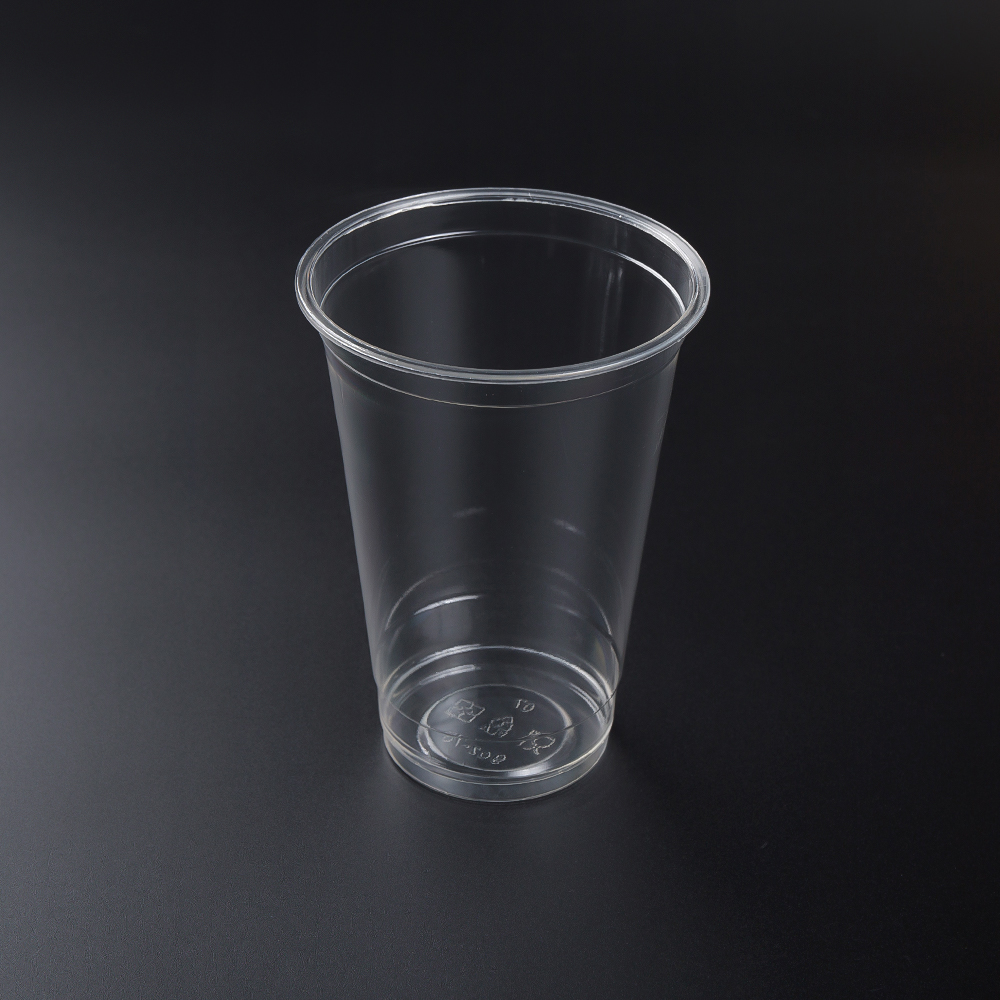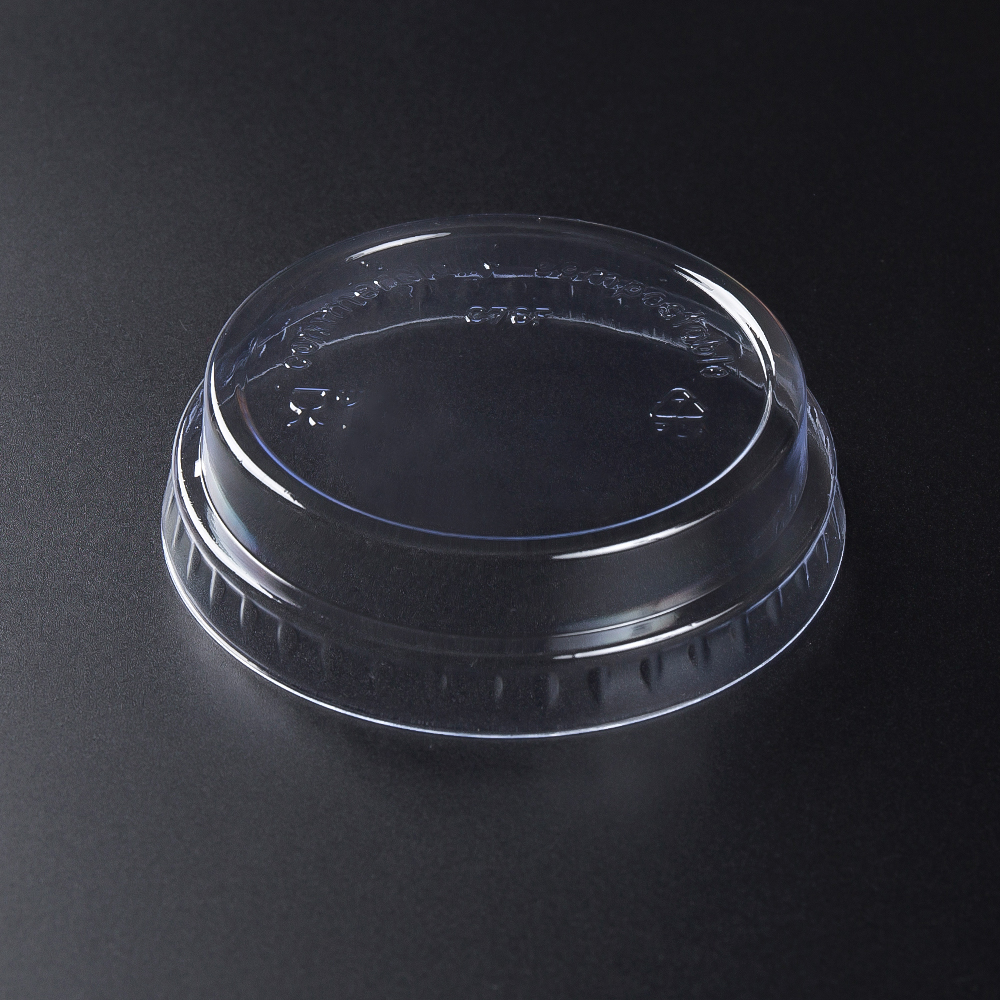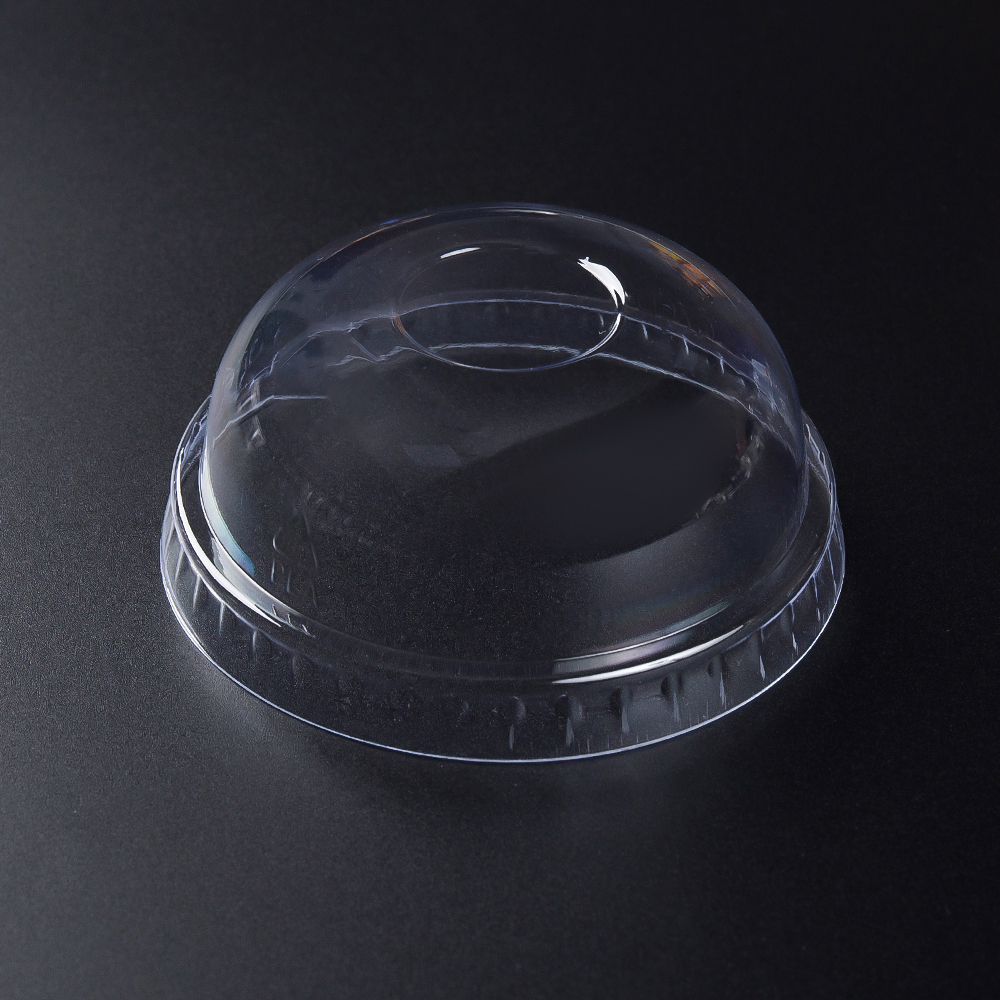As the environmental impact of traditional plastic continues to raise concerns, manufacturers in the food packaging industry are turning their attention to polylactic acid (PLA) as a viable alternative. PLA, derived from renewable resources such as corn starch or sugarcane, is gaining ground for its ability to break down under industrial composting conditions. Among the products seeing increased innovation and adoption are PLA compostable salad bowls and compostable clear cups, both of which are making notable strides in food service and retail environments.

Food packaging has long been a contributor to landfill waste due to the widespread use of petroleum-based plastics. However, the shift toward biodegradable materials offers an opportunity to reduce the environmental footprint of single-use items. In this evolving landscape, PLA compostable salad bowls have emerged as a practical response to consumer and regulatory demand for more responsible packaging. Their ability to hold cold and room-temperature foods while maintaining structural integrity makes them especially suitable for deli counters, salad bars, and quick-service restaurants.
At the same time, compostable clear cups are experiencing a similar rise in relevance. Used widely for serving cold drinks like iced coffee, smoothies, and juices, these cups offer a similar appearance to traditional plastic without the long-term environmental consequences. Made entirely from PLA, they decompose in industrial composting facilities, providing a more sustainable end-of-life solution compared to conventional materials.
One area of ongoing development involves improving the heat resistance and transparency of PLA products. While suitable for many cold and ambient applications, PLA can become brittle or lose shape at elevated temperatures. Engineers are currently working to enhance the material’s performance characteristics, aiming to expand its use in broader contexts. In this context, both PLA compostable salad bowls and compostable clear cups serve as focal points for testing new resin blends and molding techniques.
The shift in consumer behavior is also encouraging innovation. Shoppers are increasingly attentive to the environmental credentials of the packaging that comes with their food. This awareness is pushing suppliers to offer more informative labeling and better end-of-life instructions. It’s not just about creating PLA compostable salad bowls and compostable clear cups that function well—it’s also about ensuring that users understand how to dispose of them responsibly. Educating the public on the need for access to commercial composting facilities remains a key challenge in realizing the full benefits of these products.
Additionally, businesses across the hospitality and retail sectors are taking a closer look at the life cycle of packaging materials. By integrating PLA compostable salad bowls and compostable clear cups into their operations, they are aligning with broader sustainability goals. These choices can reduce their dependence on fossil-based plastics and contribute to measurable waste reduction targets.
Looking ahead, the continued collaboration between material scientists, packaging designers, and food service providers is expected to yield further improvements in PLA-based products. The innovation happening within PLA compostable salad bowls and compostable clear cups reflects a broader commitment to shifting away from traditional single-use plastics and embracing circular economy principles.
The push for environmentally responsible packaging is no longer a niche initiative. The development and adoption of PLA compostable salad bowls and compostable clear cups show how innovation in material science can support a more sustainable food industry. While challenges around composting infrastructure and consumer education remain, the growing focus on PLA signals a meaningful step toward reducing plastic waste in everyday packaging.





 English
English 中文简体
中文简体
-2.jpg)
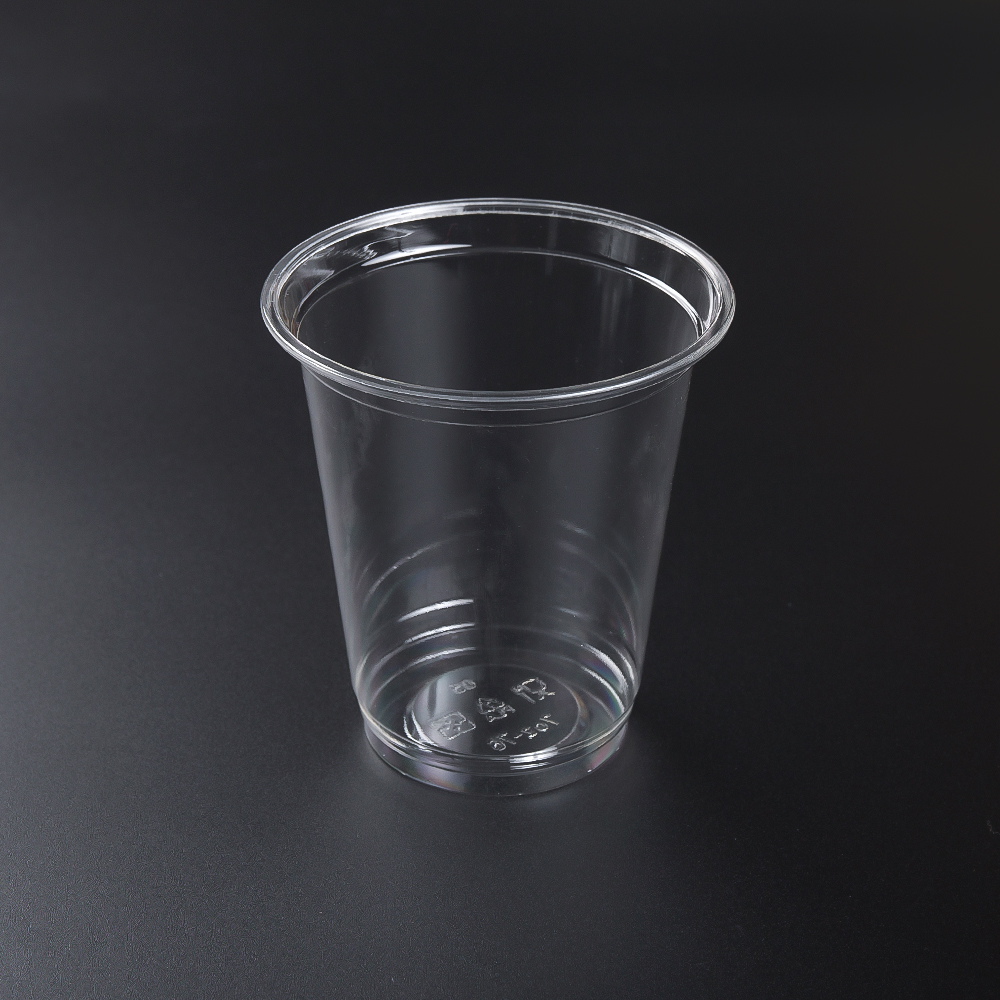
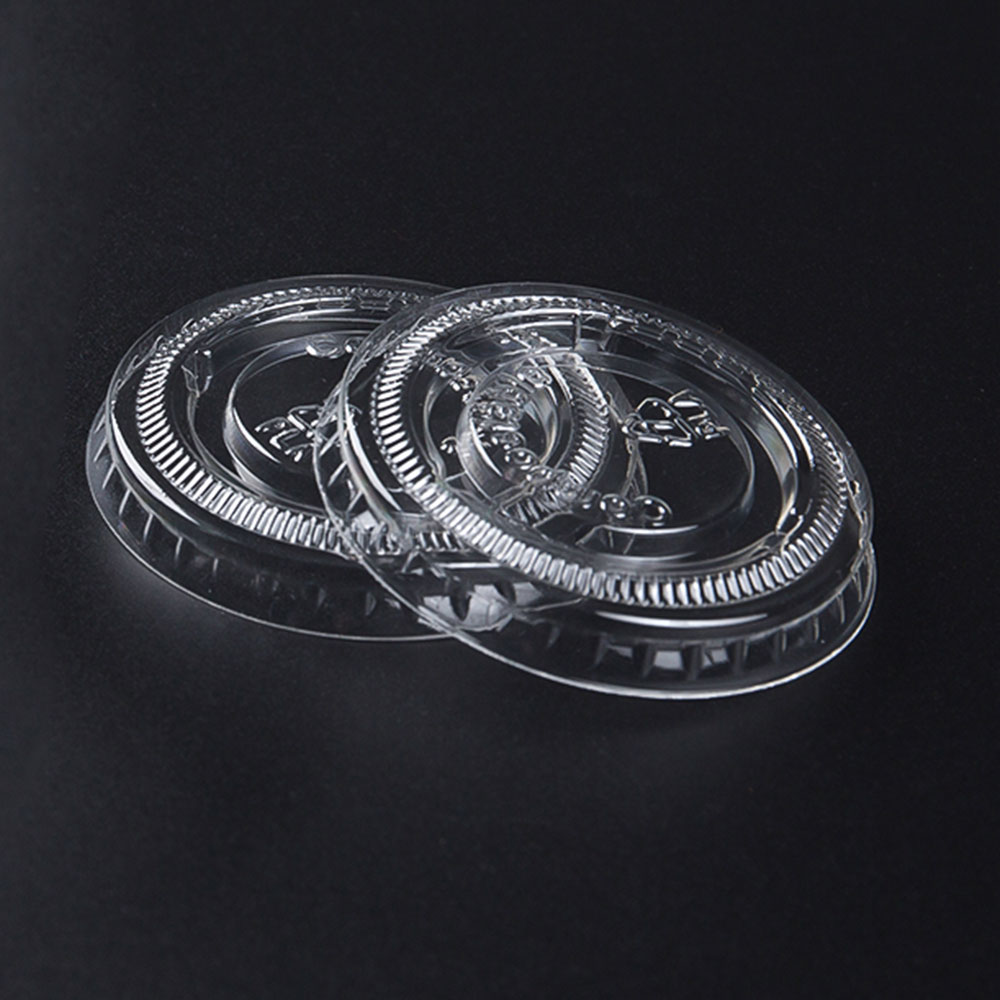

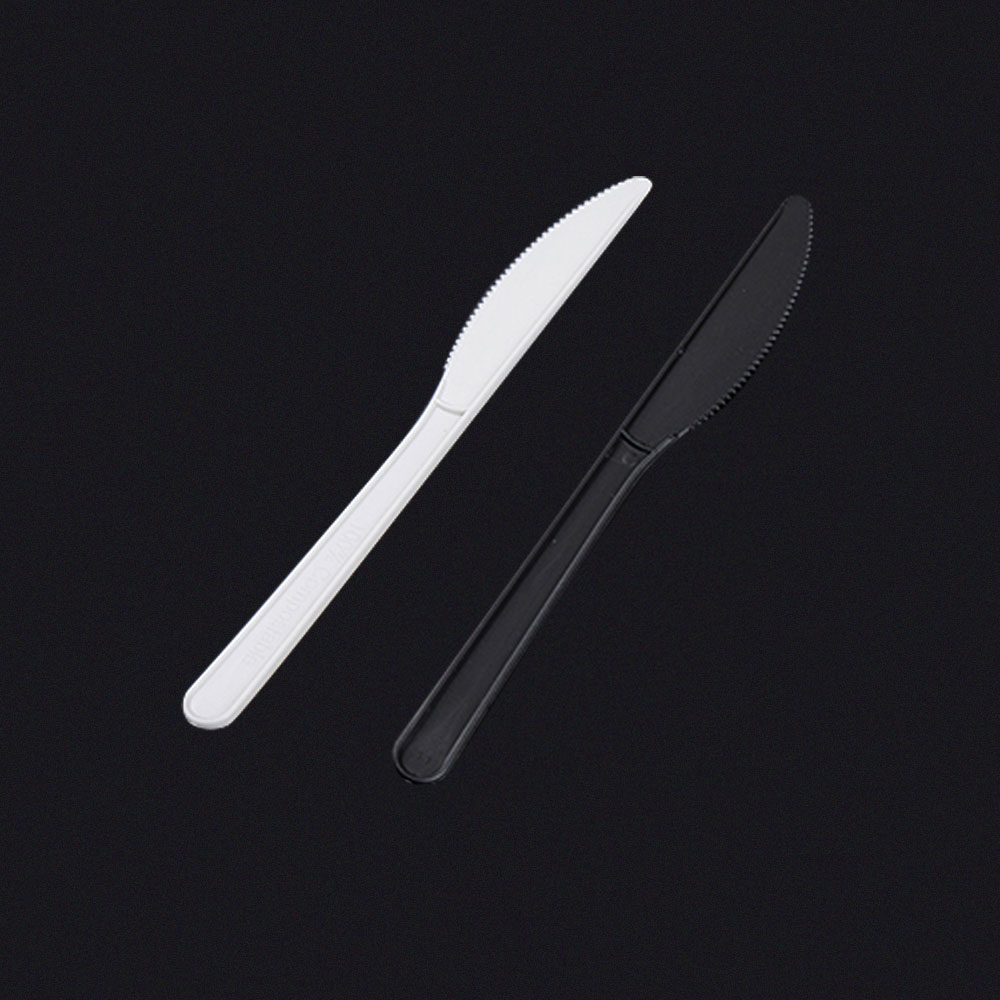

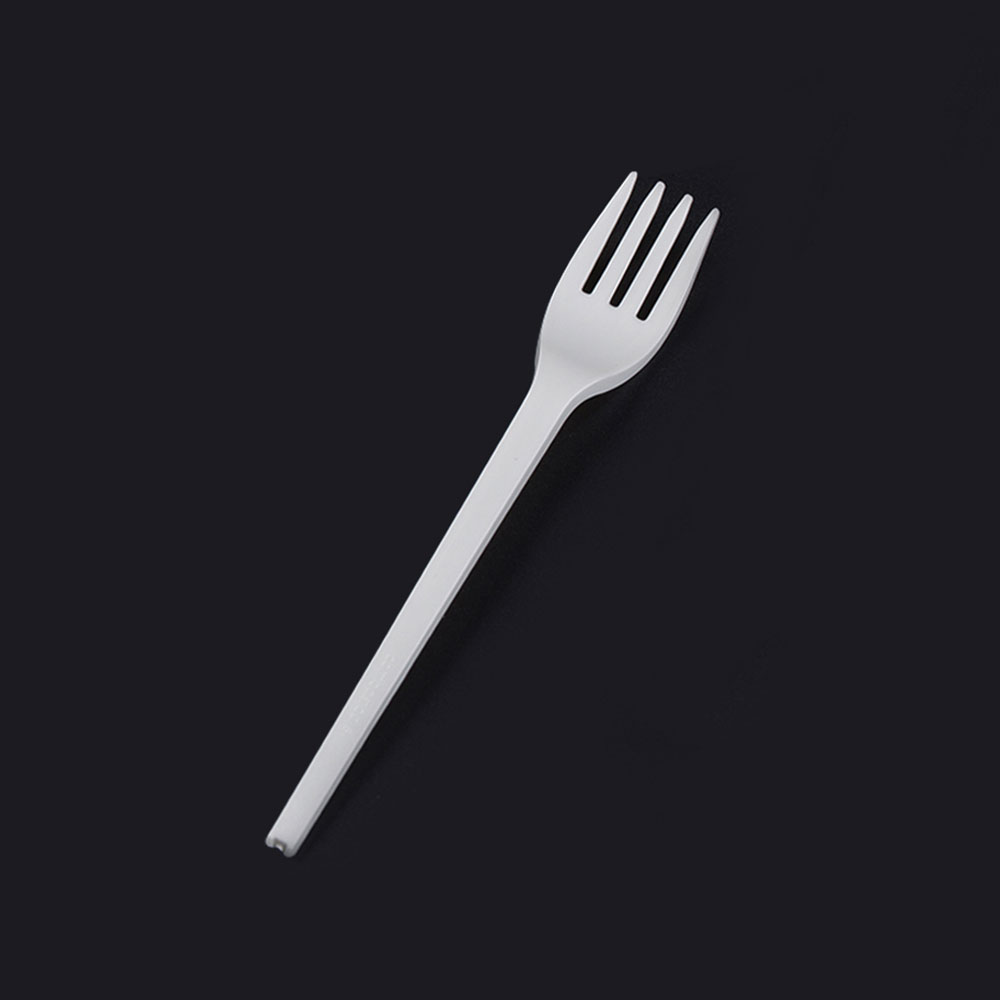
.jpg)
.jpg)
